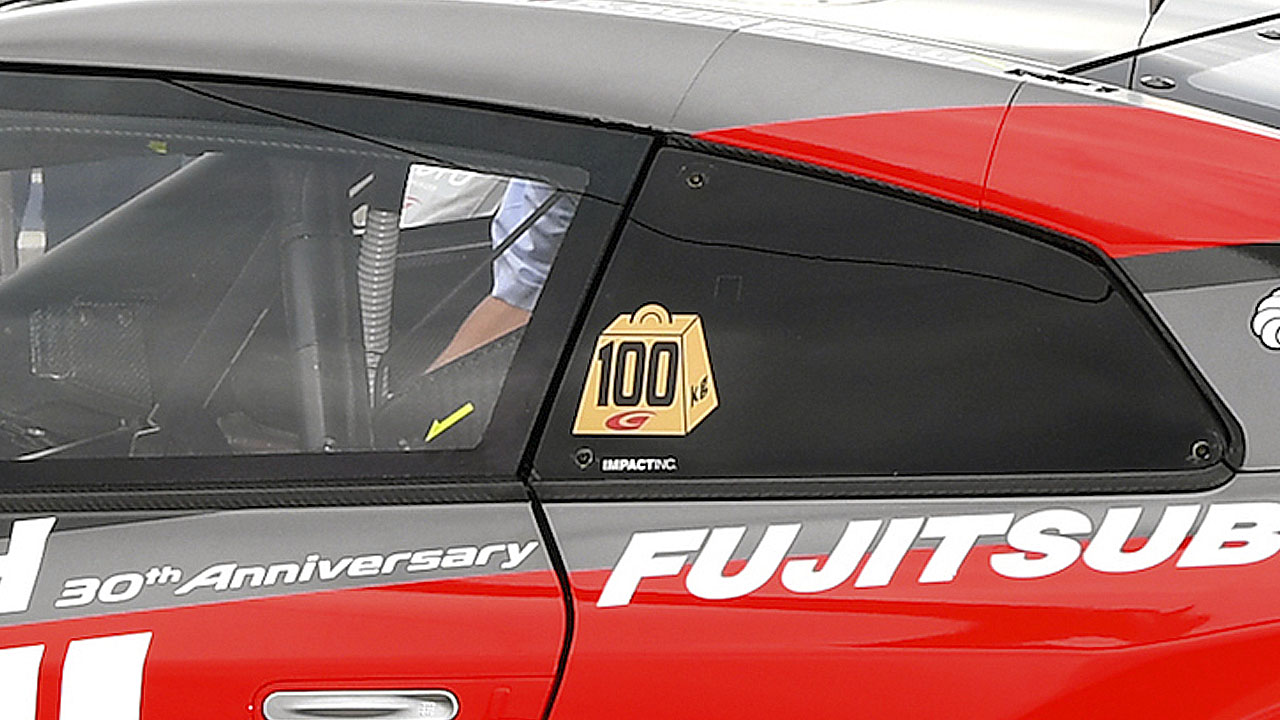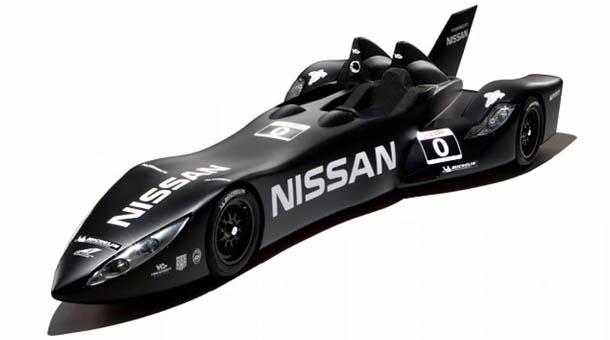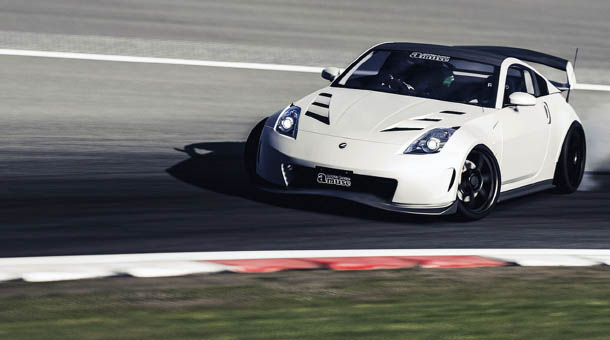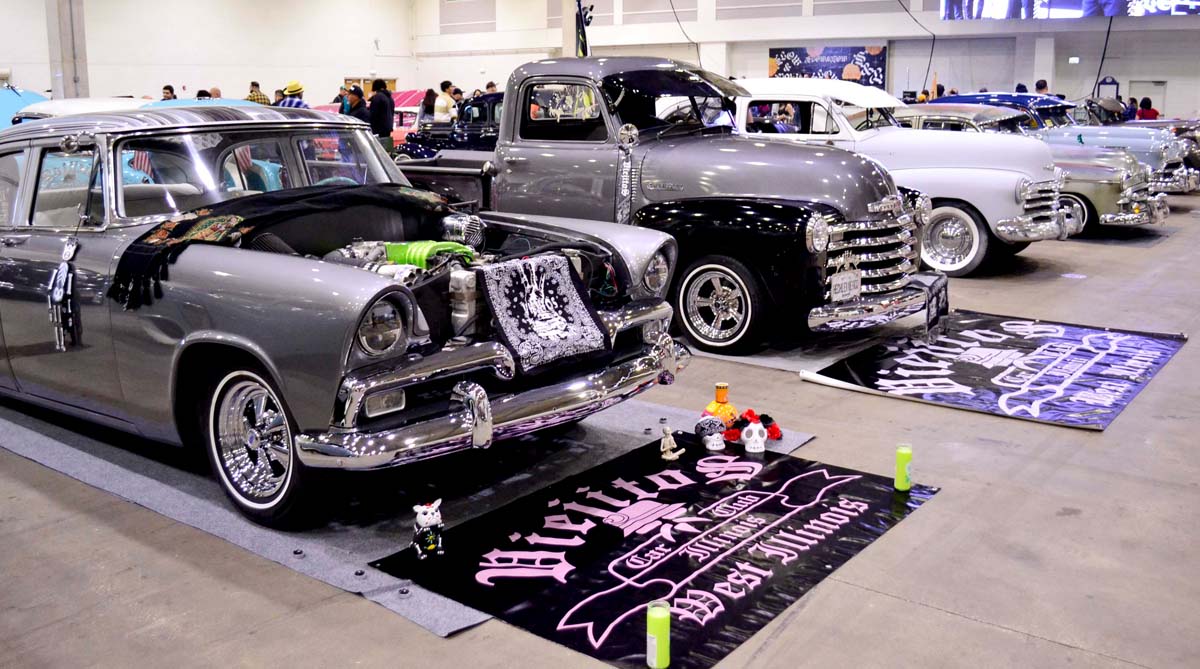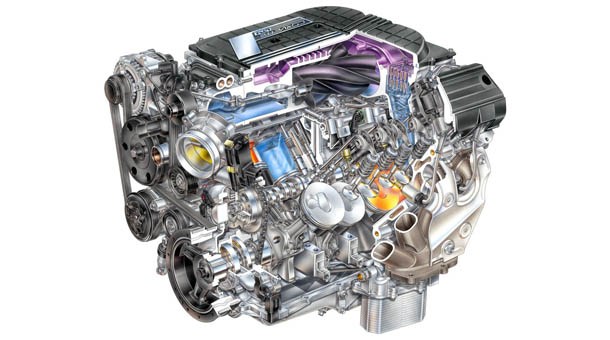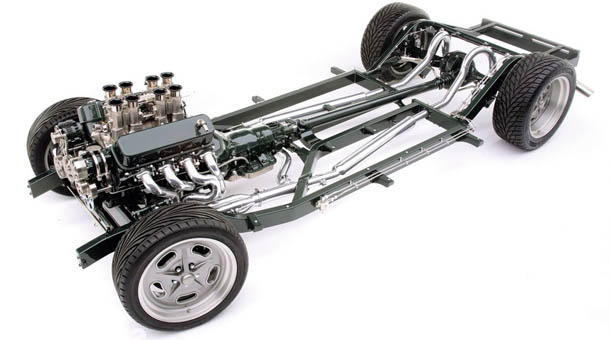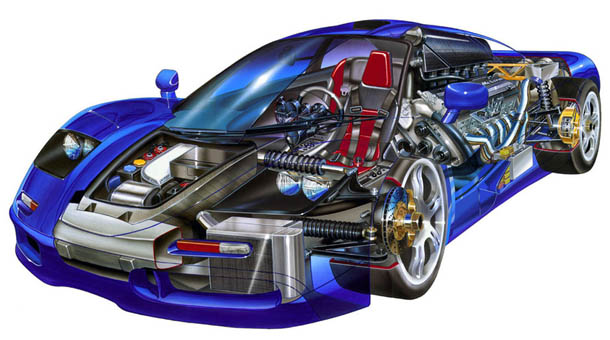During the dawn of motorsport, engine power received much more attention than the shape and weight of the car body, mistakenly believing that the powertrain was the key to victory. Everything changed in the 1920s with the advent of bold solutions and innovative ideas borrowed from aviation in the automotive design industry, the quintessence of which can be considered the Nissan Deltawing. Later, you will learn all about what handicap and lightening of a racing car body mean.
HERITAGE
Automotive engineer Ugo Zagato, founding a bodywork workshop, began experimenting with streamlined forms and lightweight aviation materials. Similar solutions found application in the production of the company's MG and Audi Streamliner racing prototypes, which set a series of world speed records, establishing modeling standards that are still relevant today. As a result, streamlined and lightweight bodies became an integral part of motorsport and the industry as a whole.

BODY LIGHTENING
Reducing weight starts with getting rid of unnecessary components. At this stage, the interior trim, rear seats, and other non-essential elements for racing are removed. This leads to improved acceleration dynamics and maneuverability.
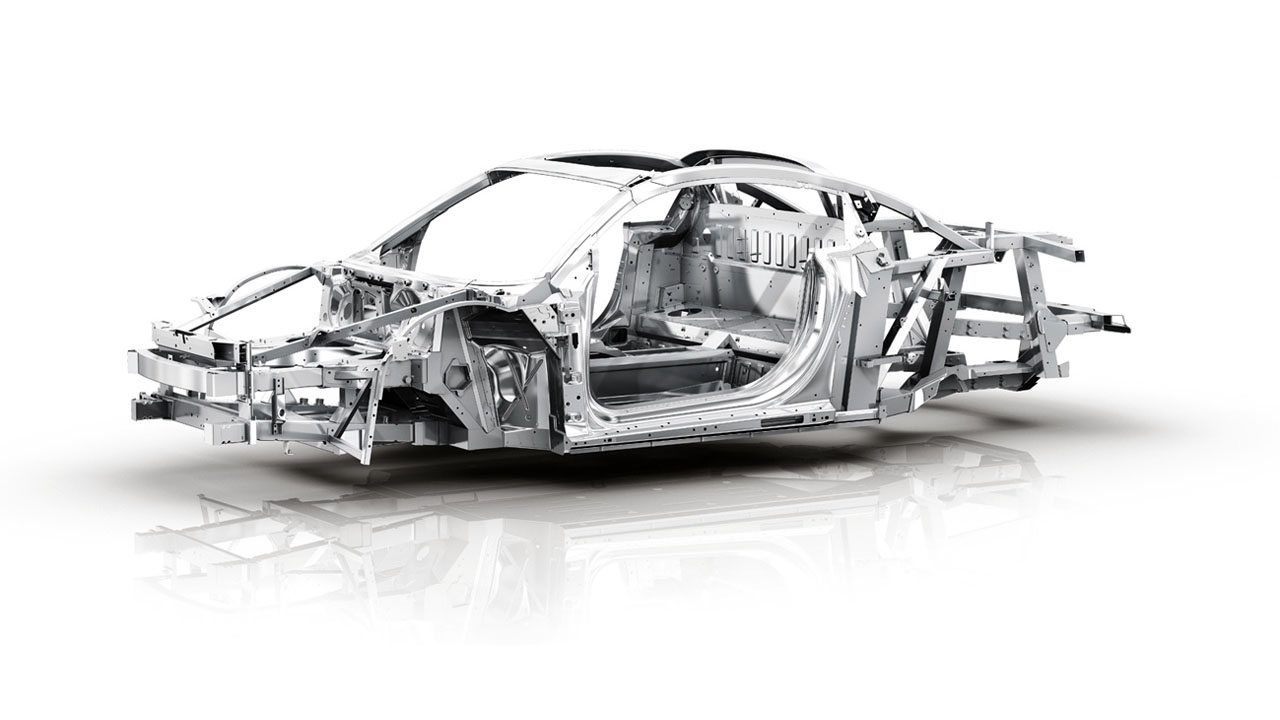
- The second stage includes not only further removal of optional elements but also the replacement of several parts with lightweight alternatives, resulting in improved acceleration and maneuverability.
- The third stage of lightening the car is based on replacing the body pillars with carbon fiber analogs and other lightweight components. This leads to a significant improvement in maneuverability and speed gain. By adding new attachment points, corner overlays, and other elements, the overall body stiffness increases. With a less flexible chassis, the suspension works more freely, resulting in a significant increase in stability during turns.

LIGHTWEIGHT BODY PARTS
- Window Replacement
Replacing rear and side windows with lightweight polycarbonate analogs, as glass windows constitute a noticeable part of the car's weight, especially when located in the upper part of the body. This modification not only reduces the overall mass but also lowers the center of gravity.
- Carbon Fiber Hood
Usually, production cars are equipped with heavy steel hoods. By replacing this part with a lightweight alternative, you will significantly reduce the weight. Moreover, an unpainted carbon fiber hood looks very stylish.

- Downforce
Adjusting the downforce acting on the front and rear of the car can be done by tuning aerodynamic elements. This force is created by airflow around the body, so it only occurs at sufficiently high speeds. The greater the downforce, the better the traction and stability of the car, but it also increases the frontal resistance, limiting the maximum speed. This effect is partially compensated by changing the ground clearance of the front and rear wheels.
BALLAST (HANDICAP) AND BODY LIGHTENING
In some races (such as Super GT), when a car does not meet the weight requirements of the regulations, the use of additional weight, called ballast, is allowed. It can be adjusted by changing its placement forward or backward, affecting the weight distribution. In most cases, it is recommended to place the ballast closer to the center of gravity, but other options can be preferred based on the type of drivetrain and the characteristics of the track on which the upcoming race will take place.
